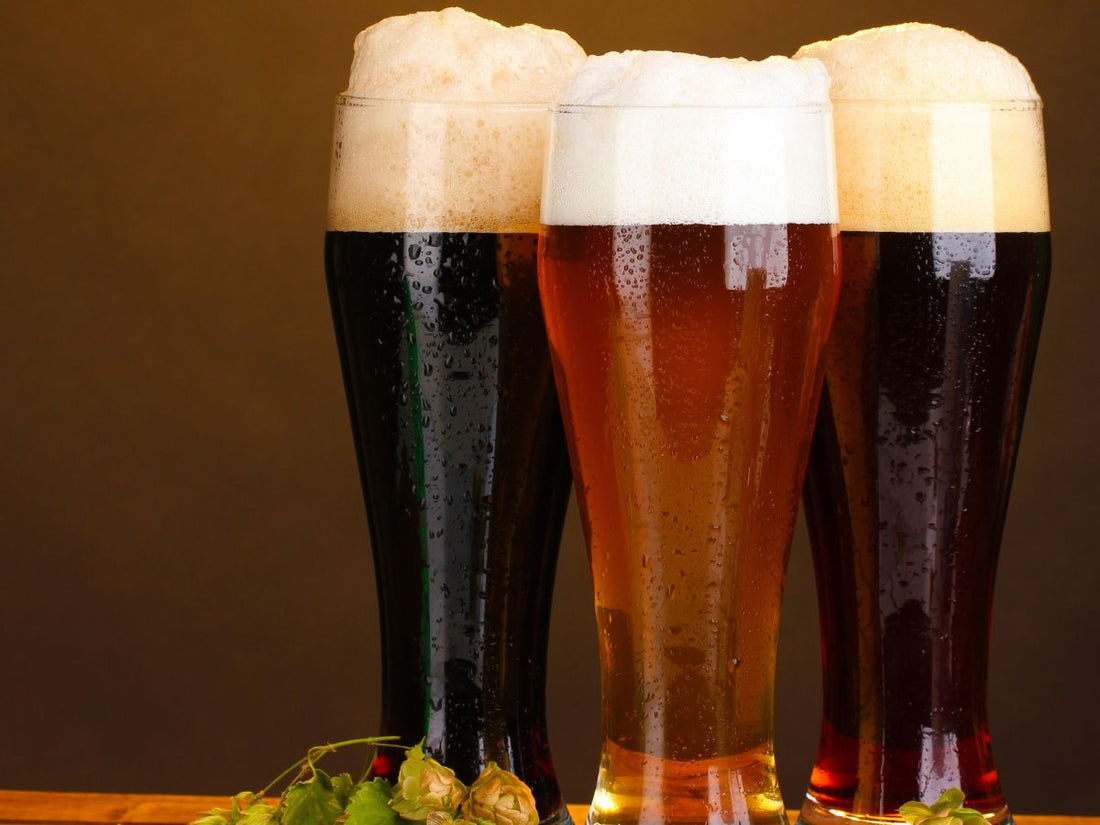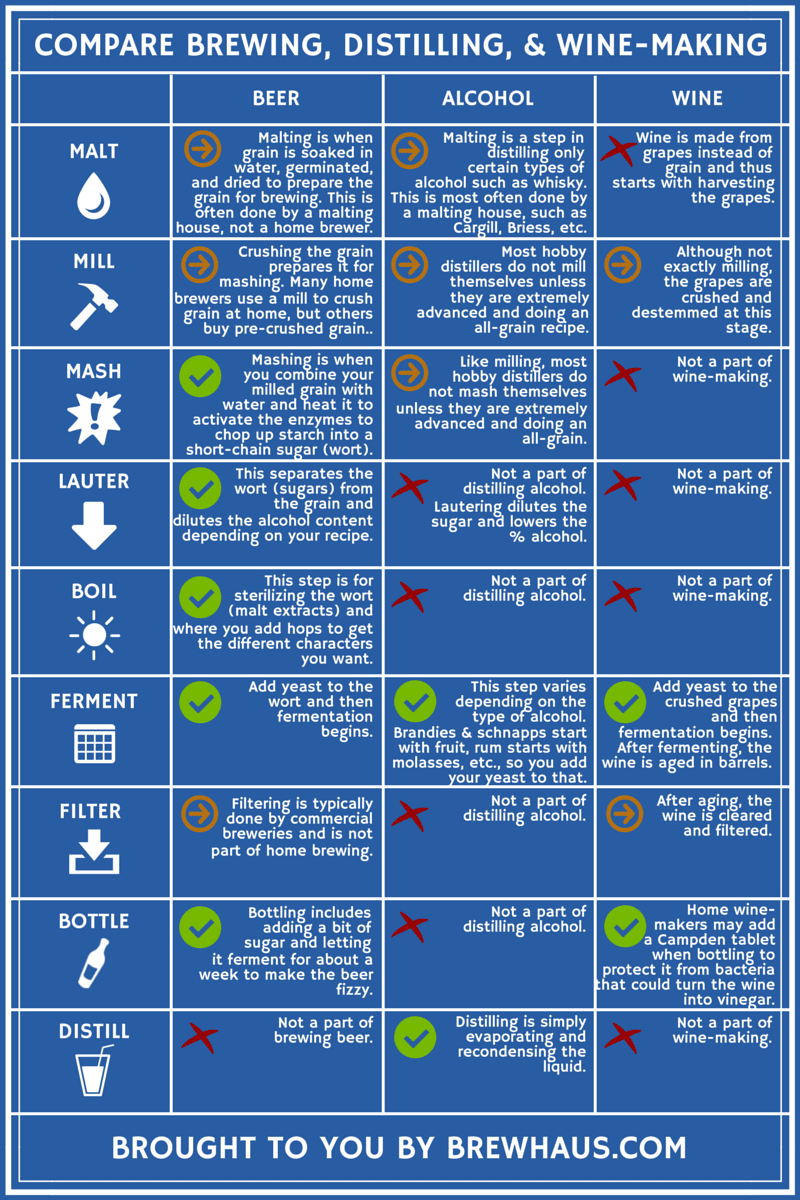Discover the very best Breweries in Galveston Texas: A Beer Fan's Guide
Discover the very best Breweries in Galveston Texas: A Beer Fan's Guide
Blog Article
Mastering the Craft of Distillation: a Deep Study Distillery Traditions
Checking out the complex art of purification reveals a globe steeped in time-honored practices that have formed the spirits we enjoy today. From the ancient beginnings of distillation strategies to the contemporary development of distillery tools, each action in the process brings with it a rich tapestry of history and experience. As we look into the delicate equilibrium of modern versus traditional distilling practices and discover the significance of vital active ingredients, a much deeper understanding emerges of the profound effect distillery customs carry the spirits we enjoy.
Origins of Purification Techniques
The growth of distillation methods has a rich history that traces back to old people. The concept of separating parts based on their various boiling factors laid the structure for the innovative purification procedures we have today.
The earliest evidence of purification dates back to around 3000 BC in Mesopotamia, where clay pots were made use of to distill fragrances and fragrant oils. The Egyptians even more advanced these methods, using distillation for embalming techniques and medical purposes. The Greeks, significantly numbers like Aristotle and Hippocrates, added to the academic understanding of distillation.
Gradually, purification spread to areas like India, China, and the Middle East, each culture including its special touch to the craft. The advancement of distillation techniques proceeded via the Middle Ages and the Renaissance, at some point resulting in the varied range of purification processes employed in modern distilleries worldwide.
Advancement of Distillery Tools

With innovations in innovation and a much deeper understanding of the distillation procedure, contemporary distilleries now utilize a variety of innovative equipment to produce spirits of the finest. Today, purification devices includes column stills, reflux stills, and hybrid stills, each made to satisfy details distillation demands. These modern stills offer much better temperature regulation, enhanced distillation precision, and greater effectiveness in dividing alcohol from contaminations.
In enhancement to stills, distilleries currently make use of advanced condensers, fermenters, and filtering systems to additional fine-tune the distillate. The development of distillery equipment remains to play a critical function fit the varied range of spirits offered in the market today.
Traditional Vs. Modern Distilling Practices
In examining distilling methods, the contrast in between typical and contemporary methods discloses considerable improvements in efficiency and quality. Conventional distilling techniques typically involve classic strategies gave through generations, emphasizing craftsmanship and artisanship (Galveston Whiskey). These approaches normally rely on copper pot stills and hand-operated procedures that need a high level of skill and experience from the distillers. On the other hand, modern-day distilling methods take advantage of sophisticated innovation and advancement to improve production processes and enhance consistency. Automated systems, electronic controls, and state-of-the-art equipment enable modern-day distilleries to produce spirits extra successfully and with greater precision.
While standard distilling practices are treasured for their heritage and the distinct flavors they generate, contemporary techniques provide benefits in terms of scalability, quality control, and sustainability. By integrating scientific innovations and modern-day design, distillers can enhance production, decrease waste, and fulfill the needs these days's market better. Ultimately, the selection between standard and modern-day distilling techniques often relies on the distillery's objectives, values, and target market.
Key Active Ingredients in Purification Refine
Within the craft of distillation, the option of key components plays a crucial function in determining the taste profile and quality of the spirits created. The key ingredients utilized in the distillation procedure are normally water, yeast, and a fermentable source such as grains, fruits, or sugarcane.
Water is a basic element as it not only waters down the alcohol web content to a palatable degree but also affects the overall mouthfeel and structure of the spirit. The top quality and mineral content of the water used can significantly influence the final product.
Yeast is one more important active ingredient that transforms the sugars present in the fermentable source right into alcohol with the procedure of fermentation. Various stress of yeast click to find out more can create varying flavors and aromas, contributing to the one-of-a-kind features of the spirit.

Influence of Distillery Traditions on Spirits
The impact of historical distillery traditions on spirits expands past the choice of crucial active ingredients, forming the really essence and personality of the last distilled items (Distillery in Galveston). These customs, gave via generations, play a critical role in defining the distinct taste profiles and high qualities that distinguish one spirit from an additional
Distillery practices encompass a variety of techniques, from the details strategies used in purification to the option of aging processes utilized. The use of traditional copper pot stills in scotch manufacturing is thought to present certain flavors and attributes that are highly valued by connoisseurs. Likewise, the aging of spirits in oak barrels, a technique deeply rooted in distilling practices, contributes to the growth of complicated aromas and tastes gradually.

Final Thought
Finally, the customs of purification have a rich background that has actually evolved with time. From the beginnings of distillation techniques to the modern practices, the effect of distillery practices on spirits is indisputable. By understanding the key active ingredients in the distillation procedure and the evolution of distillery tools, one can value the workmanship and virtuosity that enters into producing top quality spirits. Distillery traditions play an essential duty in forming the spirits industry and protecting the heritage of purification techniques.
Throughout the background of distillation, the tools used in distilleries has undertaken substantial evolution to improve effectiveness and top quality of the distillation procedure.With advancements in innovation and a deeper understanding of the purification procedure, contemporary distilleries currently use a variety of innovative devices to create spirits of the greatest quality. Today, distillation equipment consists of column stills, reflux stills, and crossbreed stills, each developed to provide to certain purification demands. From the beginnings of purification methods to the contemporary methods, the effect of distillery customs on spirits is undeniable. visit site Distillery traditions play an essential duty in shaping the spirits industry and protecting the heritage of purification practices.
Report this page